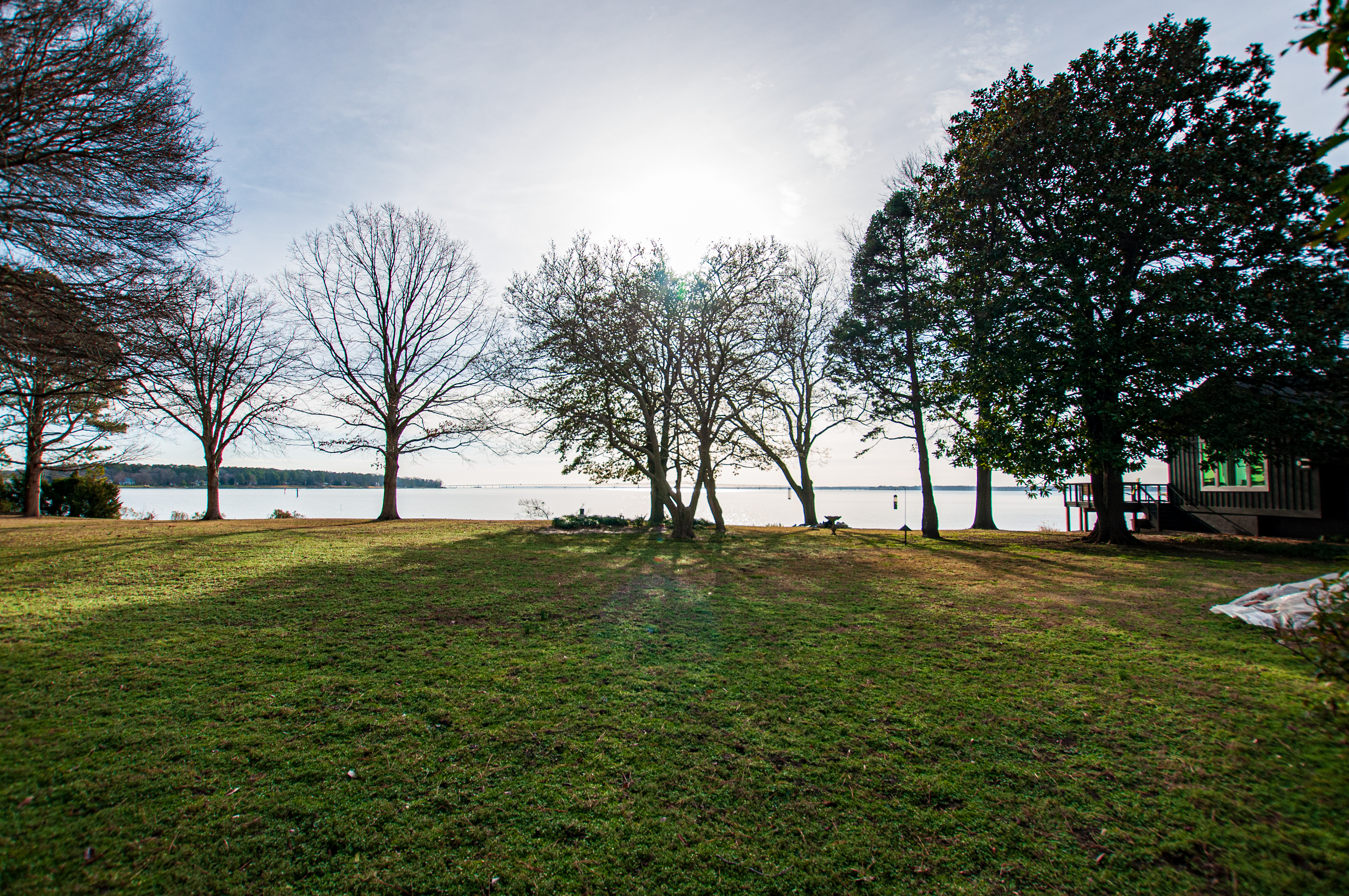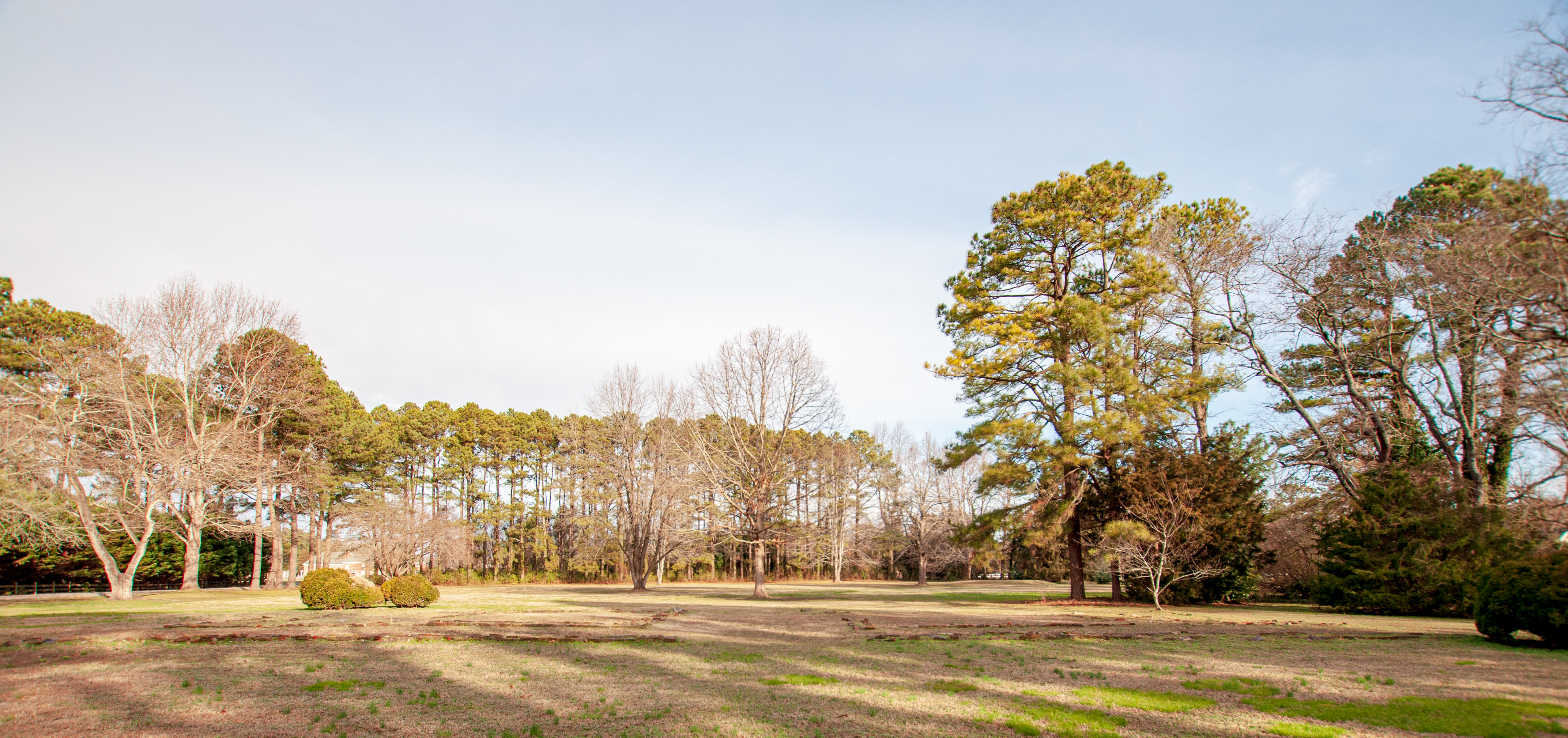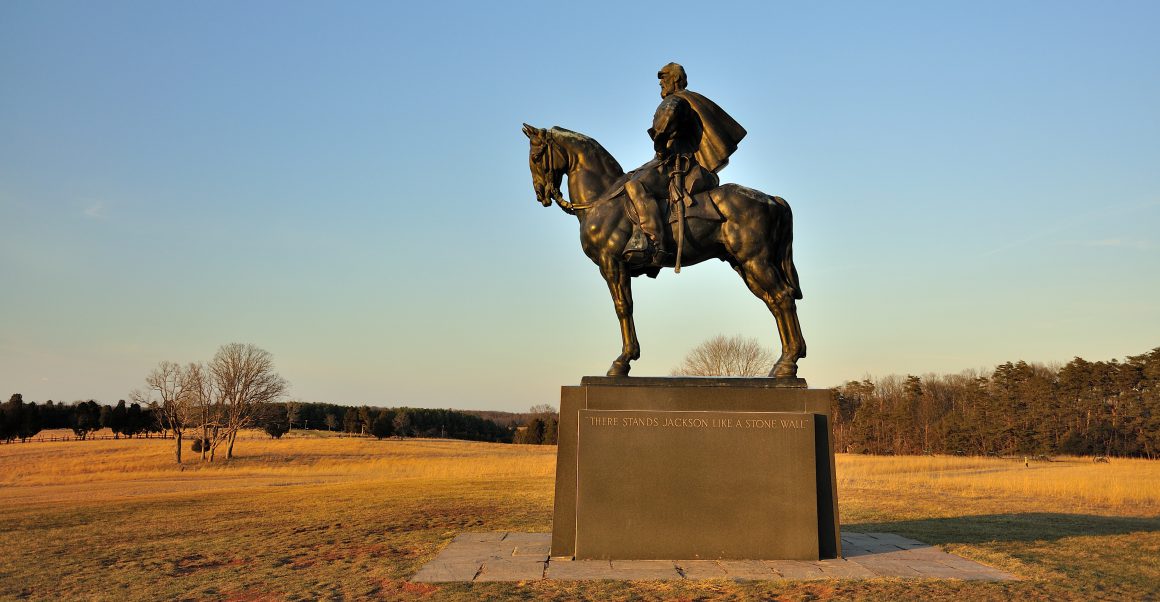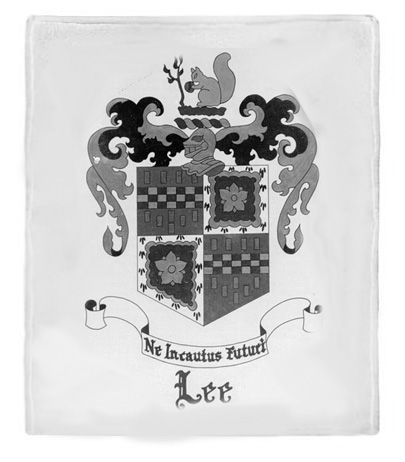Arguably all families on the list could have had more than a single episode dedicated to them. The Custises did. The Carters, however, must have more than one, which is what I’ve done with this family. The sheer size and importance of just the John of Corotoman line requires, even summarily, more time. As such, this episode briefly looks at the Carter’s American founding up to the emergence of family scion Robert “King” Carter.
The Carters were quite common in England. They were not nobility, but did acquire enough land and importance by the late 16th Century to earn the right to a coat of arms. They acknowledged their commonality on that family crest, as you can see above, by affixing wheels to their shield as a nod to their family past. Carting goods, though common, however, allowed the Carters of all branches to learn something of the merchanting trade. That knowledge put them in prime position when the time came for New World trade to begin.
Many Carters appear to have sailed to Virginia in the early 17th Century, but only a few remained to establish roots. This episode, and any hereafter, will focus mainly upon the chiefest branch of that Carter lineage that of John Carter of Corotoman. I will set aside some space in the future to discuss two other branches, but that’s only to show just how pervasive the Carter name truly was. Still, no matter which branch one focuses upon, it’s undoubted just how important the Carters were. They intermarried with all the great families, built the most spectacular plantations, and dominated Virginia’s Colonial Golden Age. Such an influence commands respect while demands attention.
LINKS TO THE PODCAST:







SOURCES:
- Billings, Warren M.; Selby, John E.; and Tate, Thad W. Colonial Virginia: A History. White Plains, NY: KTO Press. 1986.
- Billings, Warren M. Sir William Berkeley and the Forging of Colonial Virginia. Baton Rouge, LA: LSU Press, 2004.
- Billings, Warren. A Little Parliament: The Virginia General Assembly in the Seventeenth Century. Richmond, VA: Library of Virginia, 2004.
- Brown, Katherine L. Robert “King” Carter: Builder of Christ Church. Irvington, VA: Historic Christ Church Heritage Books, 2001.
- Bruce, Phillip Alexander. Social Life of Virginia in the Seventeenth Century: An Inquiry into the Origin of the Higher Planting Class. New York: JP Bell Company, 1927.
- Currer-Briggs, Noel. The Carters of Virginia: Their English Ancestry. Shopwyke Hall, Chichester, Sussex, England: Phillimore, 1979.
- Dabney, Virginius. Virginia: The New Dominion, A History from 1607 to the Present. Charlottesville, VA: University of Virginia Press, 1971.
- Dowdey, Clifford. The Virginia Dynasties: The Emergence of “King” Carter and the Golden Age. New York: Bonanza Books, 1969.
- Dowdey, Clifford. The Golden Age: A Climate for Greatness, 1732-1775. New York: Little Brown, 1970.
- Evans, Emory G. A “Topping People”: The Rise and Decline of Virginia’s Old Political Elite, 1680-1790. Charlottesville, VA: UVA Press, 2009.
- Fischer, David Hackett. Albion’s Seed: Four British Folkways in America (America: a cultural history). Oxford: Oxford University Press, 1989.
- Freeman, Douglas Southall. George Washington: A Biography. New York: Charles Scribners, 1957. (Specifically Volume 1).
- Horn, James. Adapting to A New World: English Society in the Seventeenth-Century Chesapeake. Chapel Hill, NC: University of North Carolina Press, 1994.
- Mapp, Alfred J. Virginia Experiment: The Old Dominion’s Role in the Making of America, 1607-1781. Lincoln, NE: iUniverse, Inc., 2006.
- McCartney, Martha W. Virginia Immigrants and Adventurers: A Biographical Dictionary, 1607-1635. Baltimore, MD: Genealogical Publishing Co., 2007.
- Meade, William. Old Churches, Ministers and Families of Virginia. in Two Volumes. Philadelphia: J.B. Lippincott, 1891.
- Neill, Edward D. Virginia Carolorum: The Colony under the Rule of Charles The First and Second, A.D. 1625-A.D. 1685. Albany, NY: Joel Munsell’s and Sons, 1886.
- Pecquet du Bellet, Louise. Some Prominent Virginia Families, 4 Volumes. Lynchburg, VA: J.P. Bell Company, 1907.
- Rothbard, Murray N. Conceived in Liberty. Auburn, AL: Ludwig Von Mises Institute, 1999.
- Tyler, Lyon Gardiner. The Cradle of the Republic: Jamestown and the James River. Richmond, VA: The Hermitage Press, 1906.
- Walsh, Lorena S. Motives of Honor, Pleasure, and Profit: Plantation Management in the Colonial Chesapeake, 1607-1763. Chapel Hill, NC: University of North Carolina Press, 2010.
- Washburn, Wilcomb E. Virginia Under Charles I and Cromwell 1625-1660. Kindle Edition.
- Wertenbaker, Thomas Jefferson. Virginia Under the Stuarts: 1607-1688. New York: Russell and Russell, 1959.
- Wertenbaker, Thomas Jefferson. The Planters of Colonial Virginia. Kindle Edition.
- “Captain Thomas Carter and His Descendants: By One of Them, Dr. Joseph Lyon Miller, Thomas, West Virginia.” The William and Mary Quarterly 17, no. 4 (1909): 275–85.
- “Carter Ancestry.” The William and Mary Quarterly 9, no. 1 (1900): 34–37.
- Miller, Lyon. “Carter Genealogy.” The William and Mary Quarterly 18, no. 1 (1909): 47–58.
- Miller, Lyon. “Carter Genealogy.” The William and Mary Quarterly 18, no. 2 (1909): 89–103.
- Jos. Lyon Miller. “Carter Genealogy.” The William and Mary Quarterly 18, no. 4 (1910): 235–43.
- Jos. L. Miller. “Carter Genealogy.” The William and Mary Quarterly 19, no. 2 (1910): 116–37.
- Miller, Joseph L. “Carter Genealogy.” The William and Mary Quarterly 19, no. 3 (1911): 184–94.
- Jos. L. Miller. “Carter Genealogy.” The William and Mary Quarterly 20, no. 1 (1911): 38–51.






SPECIAL LINKS:
All photography used on this site is owned and copyrighted by the author unless otherwise noted. The Featured Image is of the Carter Family Crest. Picture Gallery from Top to Bottom and Left to Right – 1. Corotoman Foundations. 2. Part of the Cedar Lined road leading from Corotoman to Christ Church. 3. Carter’s Creek into the Rappahannock from Corotoman 4. Corotoman 5. Patriarch John Carter and Wives Gravestone at Historic Christ Church 6. Recreated cedar lined road leading to Christ Church.
Music used for this episode – Louis Armstrong and the Mills Brothers,”Carry Me Back to Old Virginia” available on Apple Music, and “The Storms Are on the Ocean” by The Carter Family, also available on Apple Music.








































